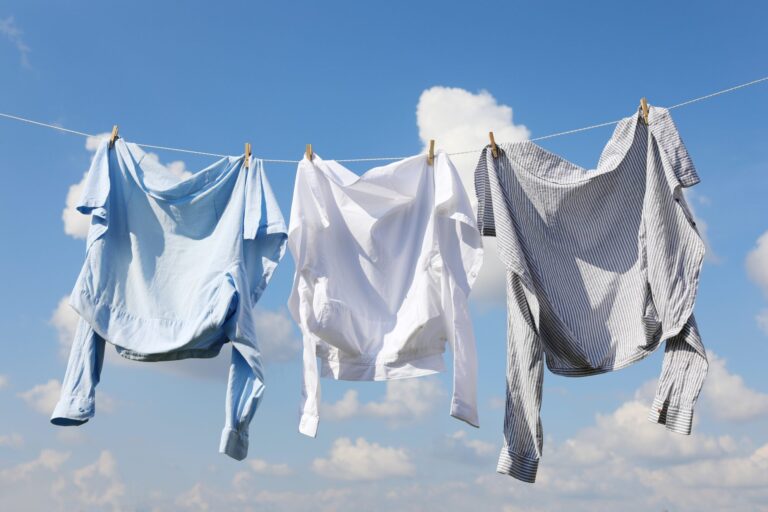This post is a brief thought experiment about the time-to-waste balance. It is intended to nudge us into noticing the hidden interdependencies between time and waste. It’s intention is to draw a straight line between time and material/CO2 waste, using the following hypothesis:
The less time we have the more we come to rely upon the wasteful conveniences of:
> overly packaged food and drink
> single use products and plastics
> frequent flyer and short-haul air travel
> fast fashion and throwaway fashion
> immediate gratification and bingeing
LESS TIME TO TRAVEL = MORE WASTED CO2

The less time we have to travel from A to B, the more we rely on frequent flyer short-haul air travel – with all of the associated waste emissions.
For example.. Taking a train from London to Amsterdam results in around ten times less carbon emissions compared to flying the same journey. And yet flying is commonly still seen as the default mode of transport for international travel, and increasingly so for domestic travel also.

Our default tendency to fly is driven by urgency and convenience, flying is seen as the fastest and easiest means of getting from A to B. And yet this logic is often a fallacy as flight times are given only for the moment of take-off to landing, excluding travel time to and from airports / check in and security / immigration and baggage collection etc.

Once these factors are taken into account the time savings made by flying are often negligible. This doesn’t even take into account the additional pleasure of rail travel, as what has always been traditionally viewed as one of the most scenic and stress-free modes of transport.
And so, giving ourselves more time to travel can directly result in less waste, and in the case of getting from central London to central Amsterdam also actually saves time rather than wasting time.
This illustrated example is of course unique to a London to Amsterdam journey, but the same logic can be applied to numerous other destinations.

When we free ourselves from a mindset of getting to our destination as quickly as possible we can embrace a far less harmful time-to-waste relationship. Using a more relaxed travel mindset of “leaving in the morning and arriving in the afternoon or evening” renders many European destinations just as accessible by rail as they are by aviation.
LESS TIME TO COOK = MORE WASTED FOOD

The less time we have to purchase, prepare, cook and consume food, the more we rely upon the convenience fast food / ready meals / on-the-go snacking: all of which heavily tend towards over packaging and exponential contributions to food waste.
For example.. Although edible food is discarded at every point along the food chain, it is now commonly accepted that about two-thirds of food waste is due to food not being used before it goes off.
Although ready meals and refrigerated food gives us many benefits of convenience, they are also associated with far shorter shelf lives, and as such have a far greater likelihood of going to waste either in the home or in supermarkets .

By committing more time to purchasing and preparing the foods we consume at home we can drastically improve our intuition for how much perishable ingredients we need to buy, when we need to buy them, the ideal portion sizes of meals, and how leftovers can be safely reused.
These behaviours, by virtue, can drastically reduce the amount of food we have become accustomed to wasting. Additionally the convenience of refrigerated ready meals can often increase food waste rather than reducing it, the nature of their short shelf life makes them high risk products for waste in comparison to purchasing the same raw ingredients that might make up a homemade version of the same meal.

An ‘economies of scale’ mindset can also significantly reduce single-use packaging waste. A ubiquitous fresh loaf of bread illustrates this phenomenon perfectly: when baked at home a loaf’s packaging waste is zero, but when purchased from a supermarket it is packaged per 18 slices, and when purchased as a pre-prepared sandwich every two slices require their very own packaging.
Given this it takes an almost unfathomable nine single use sandwich boxes to package a single loaf of bread!
LESS TIME TO RELAX = MORE WASTED RESOURCES

The less time we have to relax, the more we come to depend upon bingeing on the immediate gratifications and distractions of overconsumption.
For example.. One of the main problems with consumer culture, as once identified by the philosopher and author Alain de Botton, is that brands know exactly what we need but they just don’t know how to give it to us. By this he means that companies dedicate vast amounts of thought and resources into generating ‘consumer insights’ that unpack how, where, and why we feel in need of more convenient solutions to our needs.

Companies know that we all want to relax and be happy, and that we’re often worn out, feeling looked over, and in need of the immediacy of feel good distractions. Brands offer us an endless carousel of substitutes and proxies that promise to address our problems, but never seem to actually fix anything for more than an instant.
And so we go back for more, and try again, and hope that the next “new thing” might do the trick this time. We can easily fall into the trap of bingeing on materialism. But bingeing on materialism is one of the surest ways to increase our waste footprint. Buying only what we need and then relaxing, rather than bingeing upon everything we are provoked into wanting is one way we can drastically reduce the consumer waste we create.
LESS TIME FOR STYLE = MORE WASTED FASHION

The less time we have to find our own unique style and identity, the more we are led into signifying our identities through fast-fashion and throw-away-fashion.
For example.. Every new fashion trend renders existing fashions instantly outdated, locking us into an endless cycle of renewal and collapse reminiscent of the arcade game Tetris – where every new ‘drop’ evaporates the previous layer ready for new layers to take its place.
But does fashion have to be so fashionable? Some of culture’s most enduring fashion icons offer an alternative of eternal style over transient fashion.


Take Idris Elba’s character of DCI John Luther for example, between series 1 and series 5 of the BBC cult hit Luther his unique style is as consistent as his cool temperament. DCI Sarah Lund performed a similar iconic act of styling with her trademark knitted jumpers in The Killing.
“Fashions fade, style is eternal” as Yves Saint Laurent once famously said.
MORE TIME = LESS WASTE
And so, through rebalancing our relationship between time and waste we can all begin to actively reduce some of our most harmful and wasteful impacts on the world.
Given the URGENT need to individually and collectively reduce waste, there really is no time to waste.
Created by Ted Hunt/Commissioned by @Ecover X Experiments in Waste: un-inventing waste one experiment at a time.
Information Sources: Travel times taken from Google search May 2021. Analysis of Eurostar versus flight emissions based on independent analysis by ecopassenger.org using TREMOD – Transport Emission Model.





